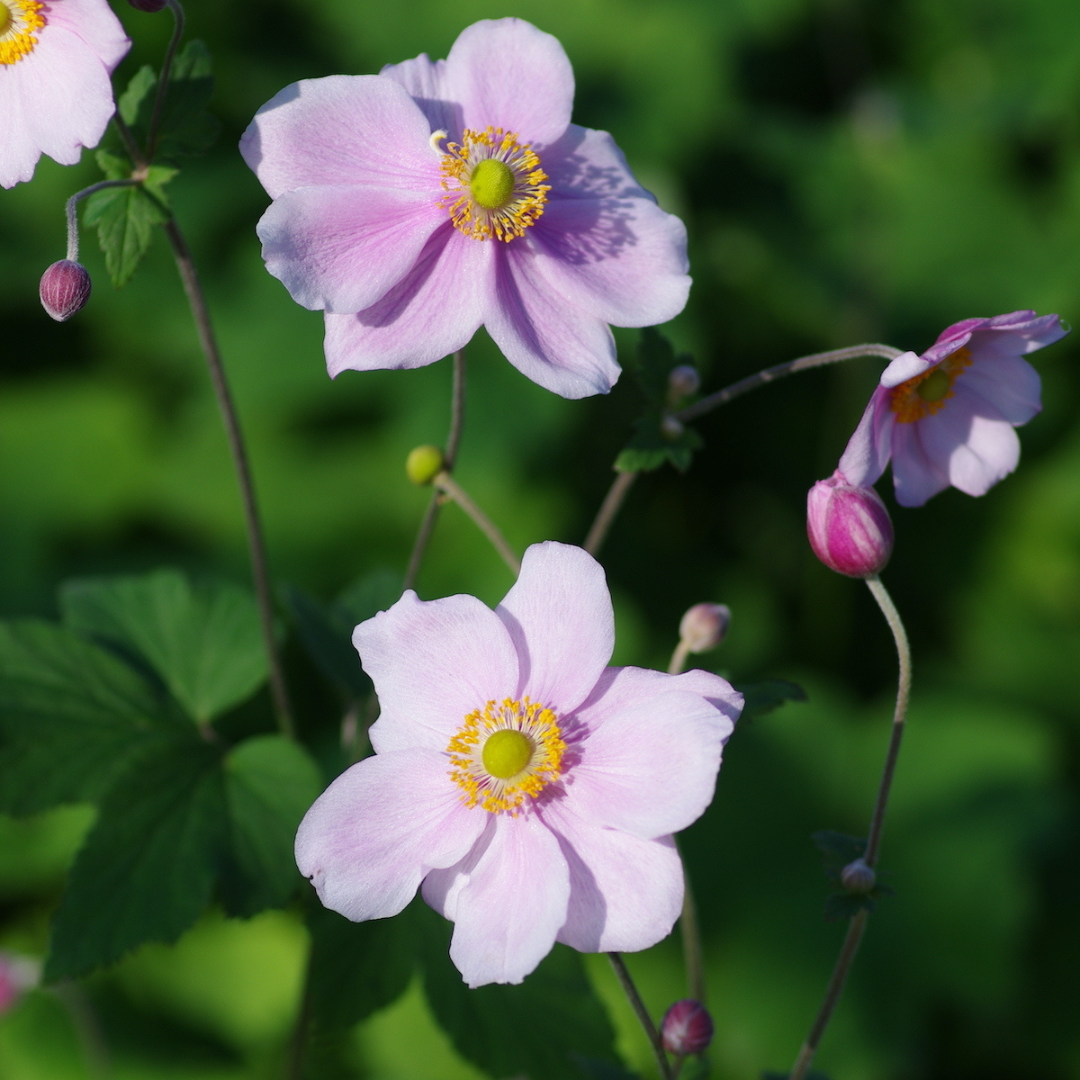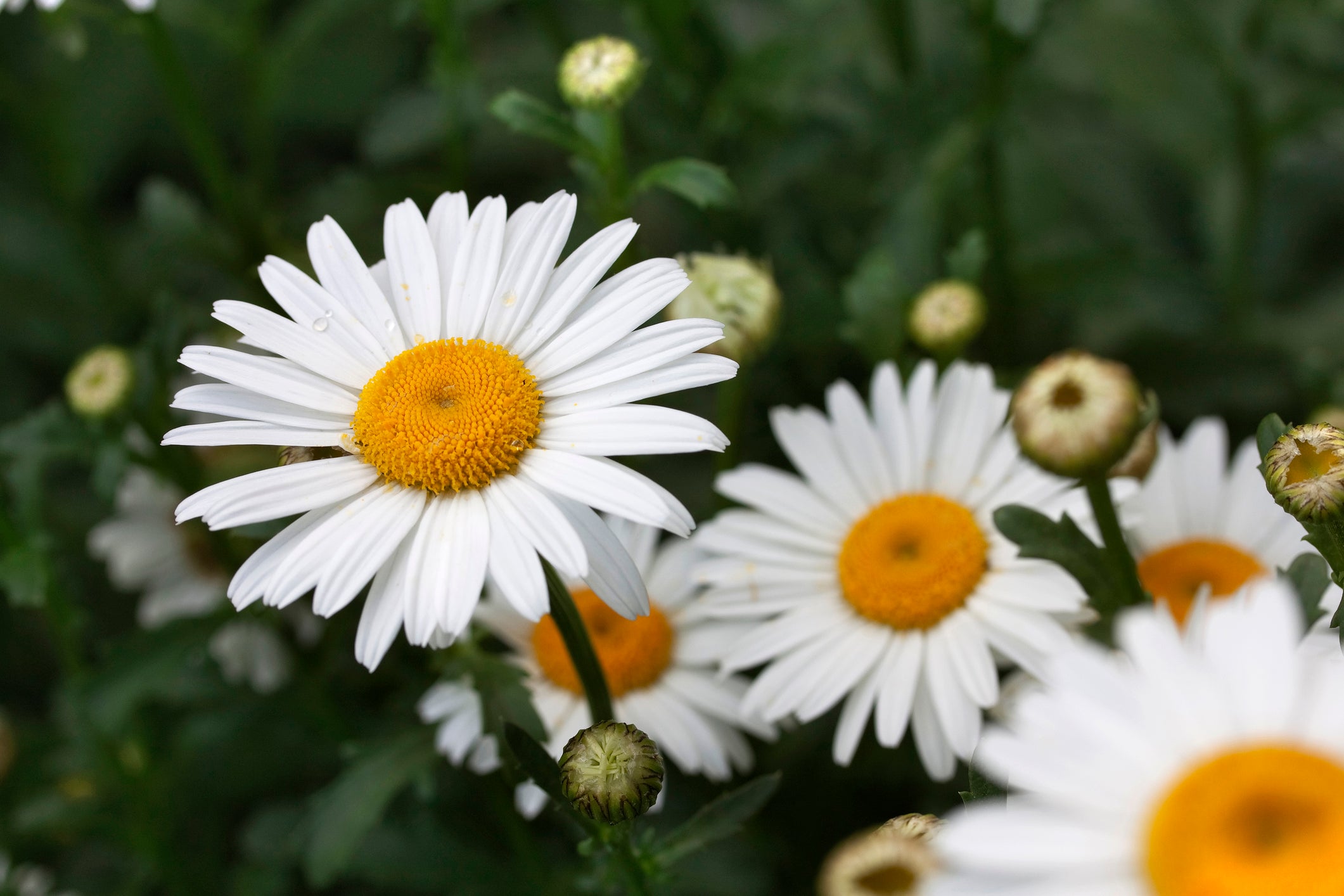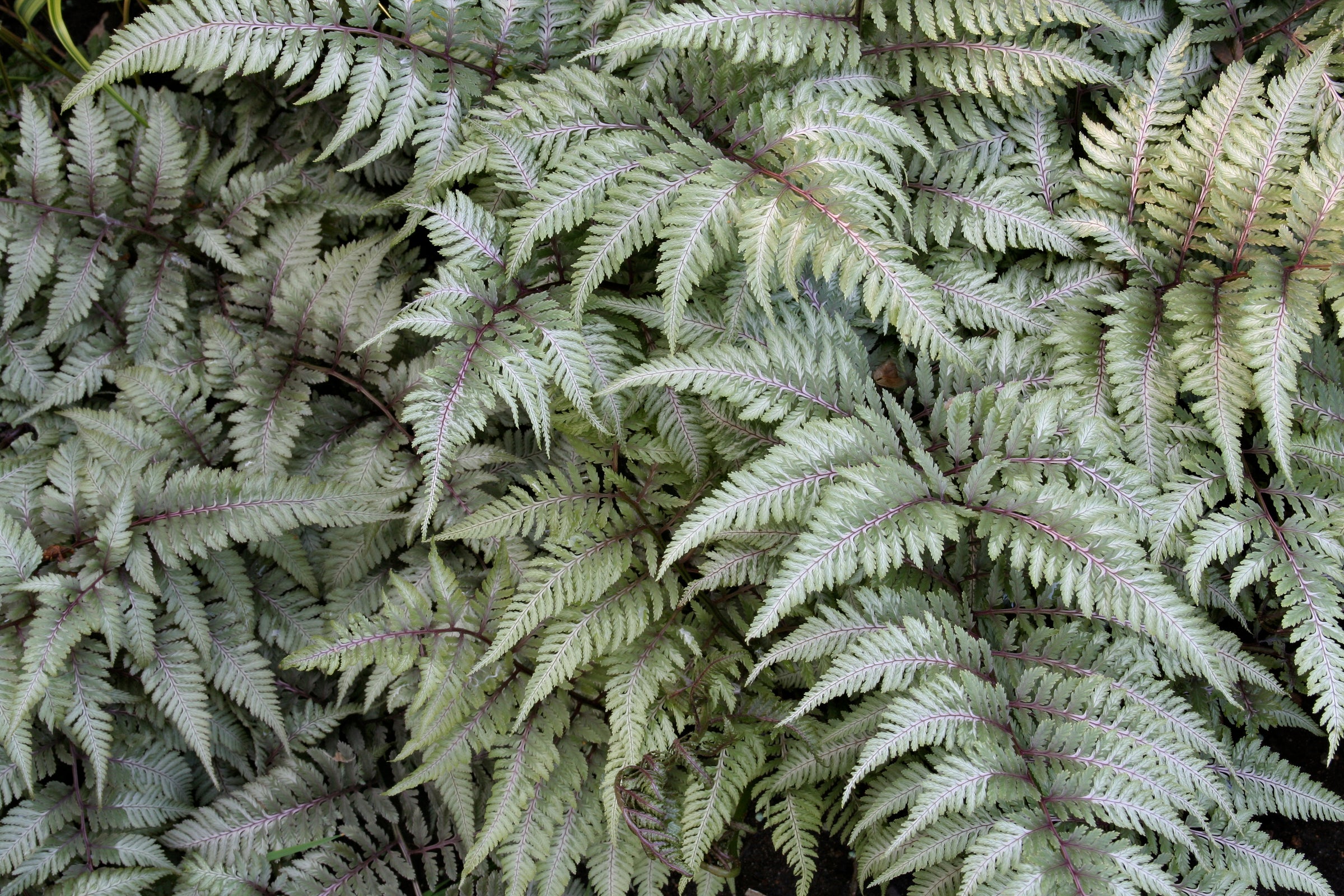
Anemone 'Queen Charlotte'
Add to Wishlist Full Sun
Full Sun
 Partial Sun
Partial Sun
 Deer Resistant
Deer Resistant
 Pollinator Friendly
Pollinator Friendly
- In stock, ready to ship
- Backordered, shipping soon
Anemone 'Queen Charlotte': Soft Blush Elegance for the Autumn Border
Anemone 'Queen Charlotte' is a refined and long-loved cultivar, known for its soft silvery-pink blooms and graceful late-season display. A classic Japanese anemone, it begins flowering in late summer and continues well into autumn, offering a steady succession of delicate, semi-double blooms held high on wiry stems. Each flower features slightly ruffled petals surrounding a central crown of golden stamens, shimmering in the changing light of the season. With its upright form, airy habit, and excellent performance, 'Queen Charlotte' brings a sense of gentle movement and romantic charm to borders just as the garden enters its final crescendo.
Plant Characteristics:
- Height: Grows to 90–120 cm, with tall, upright flowering stems.
- Spread: Spreads 45–60 cm, gradually forming a substantial clump.
- Flower Colour: Silvery-pink with golden-yellow centres; semi-double bloom form.
- Flowering Period: Late summer into mid-autumn.
- Foliage: Deep green, lobed and slightly coarse leaves in a compact basal mound.
- Sunlight Requirements: Prefers part shade; tolerates full sun with consistent moisture.
- Soil Requirements: Moist, fertile, well-drained soil; dislikes excessive dryness or poor drainage.
Uses and Benefits: Anemone 'Queen Charlotte' is a graceful addition to perennial borders, cottage-style plantings, and naturalistic schemes. Its elegant flowers float above the foliage on tall, slender stems, offering late colour, texture, and height. The extended bloom period makes it an excellent bridge between summer and autumn plantings. It is especially effective in part-shade areas where its light-toned flowers brighten the border. Pollinator-friendly, deer-resistant, and easy to grow, this anemone is a reliable performer that brings poise to the closing months of the garden year.
Companion Plants: Pair Anemone 'Queen Charlotte' with Aster oblongifolius ‘October Skies’, whose masses of lavender-blue daisy flowers bloom alongside the Anemone’s soft pinks, creating a cool, layered palette in the autumn border. Add Rudbeckia fulgida ‘Goldsturm’ to introduce vibrant golden contrast—its bold yellow flowers and dark centres provide both colour and structural support to the airy form of the Anemone. Weave in Calamagrostis x acutiflora 'Karl Foerster' for vertical texture and seasonal movement—the tall, feathered grass plumes shift gently in the breeze and provide a golden foil that catches the light and softens the planting. Together, these companions create a dynamic, pollinator-friendly tapestry rich in tone, form, and rhythm.
Care Instructions: Plant in part shade with rich, moisture-retentive, well-drained soil. Water regularly during dry spells, particularly in sun-exposed locations. Deadhead to extend blooming, or leave seedheads for late-season interest. Cut back stems after frost. Apply a protective mulch in colder climates. Divide clumps every few years in early spring to maintain vigour and control spread.
History: Anemone 'Queen Charlotte' (also known as Königin Charlotte) is a distinguished cultivar of Anemone x hybrida, a hybrid group derived from Asian species such as Anemone hupehensis and Anemone tomentosa. It was introduced in the late 19th century and quickly became a favourite across European and North American gardens for its beauty, resilience, and enduring bloom. Its noble name reflects both its refined appearance and its esteemed place in the autumn garden.
Final Thoughts: Anemone 'Queen Charlotte' is the embodiment of late-season grace—softly coloured, beautifully poised, and richly textured. Whether paired with the jewel tones of Aster, the bold sunbursts of Rudbeckia, or the golden waves of Calamagrostis, it adds a touch of refinement and rhythm to the garden’s closing act. A perennial with classic charm and modern adaptability, it’s a queen of quiet impact in any autumn border.




